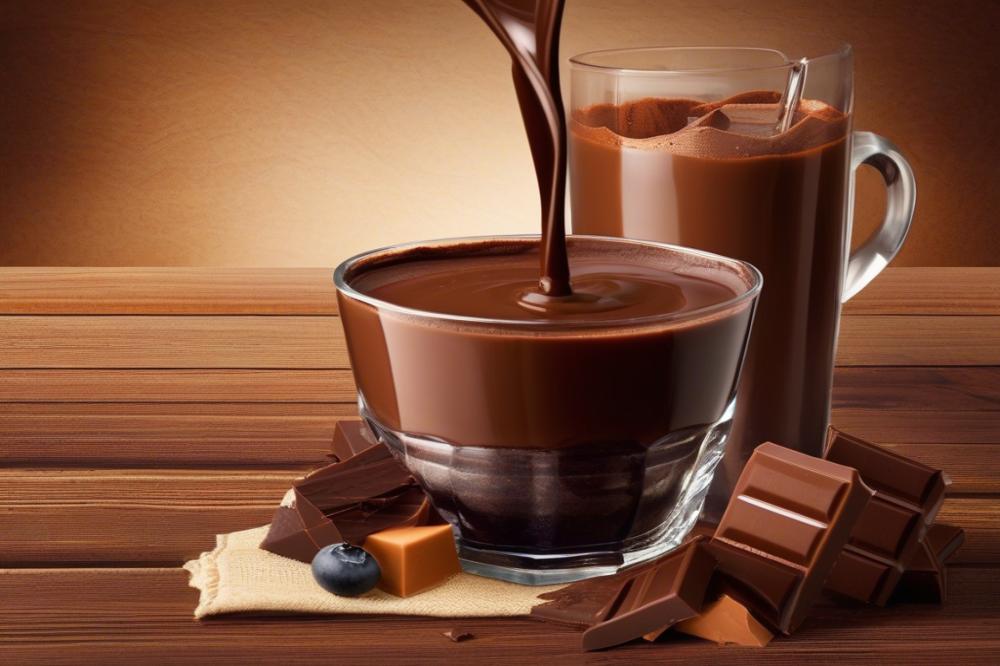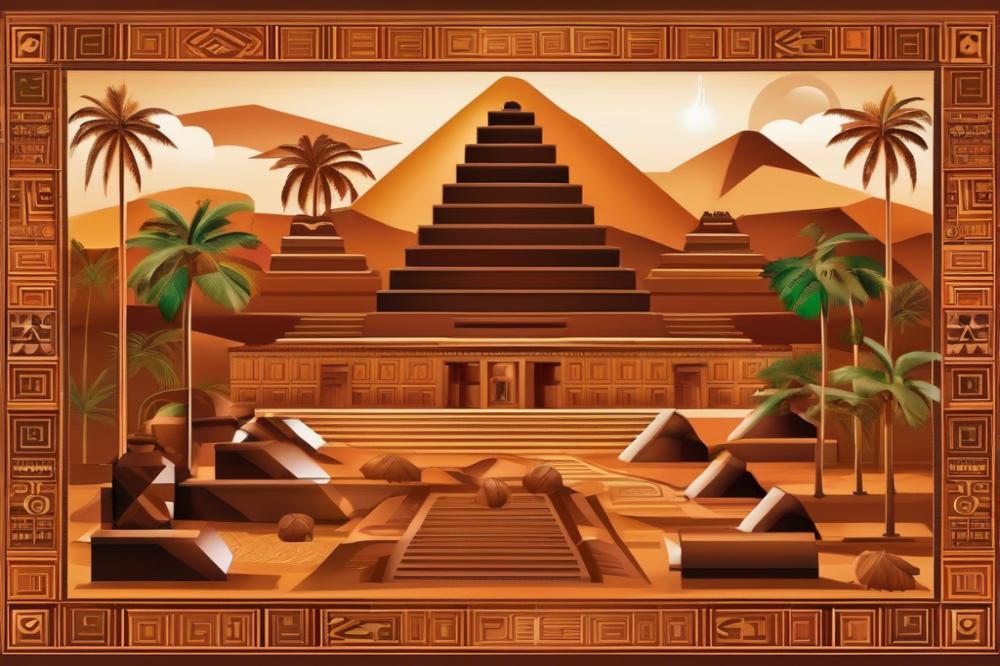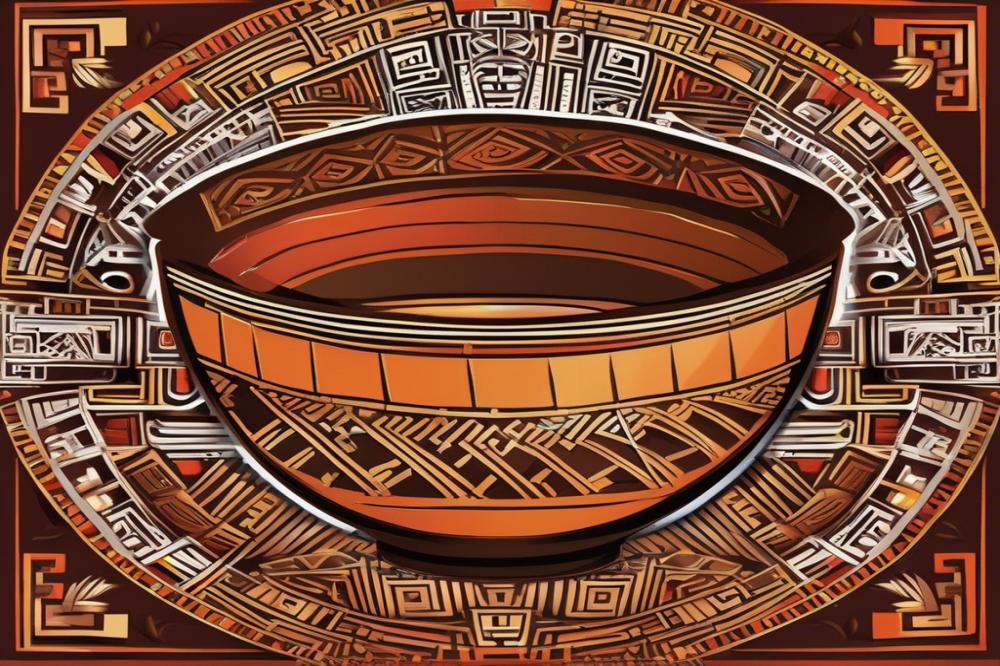Introduction
chocolate drinks have a fascinating place in our world. They blend rich flavors, cultural significance, and a long history. For thousands of years, cacao has been central to many societies. It is more than just a tasty treat; it has deep roots in ancient civilizations that valued it highly.
The history of chocolate traces back to the ancient Mesoamericans. The Olmecs were among the first to cultivate cacao, using it to create a beverage that would lay the groundwork for future generations. Later, the Mayans and Aztecs developed unique chocolate recipes that included spices and sometimes even chili peppers. These early beverages were far different from the sweet versions we enjoy today.
As the centuries progressed, cacao transformed into a significant trade commodity. The cacao trade flourished, connecting different regions and cultures. When Spanish explorers encountered cacao, they saw its potential. They adapted Aztec chocolate with sugar and cinnamon, giving birth to a new style of drink that would eventually spread throughout Europe.
In Europe, chocolate culture took on a new form. Hot chocolate became a symbol of luxury and comfort. It was served in fancy cafes and enjoyed by the elite. The warm beverage offered a delightful experience, showcasing the versatility of cacao. Various gourmet chocolate drinks began to emerge, each with its flair. Countries developed their own unique styles, making the chocolate evolution even more exciting.
Across the globe, different societies embraced chocolate beverages, creating traditions that endure today. Whether enjoyed as a comforting hot drink on a chilly day or as a festive beverage during celebrations, the significance of chocolate drinks continues to grow. They serve not only as a delicious indulgence but also as a link between past cultures and modern enjoyment.
The Role of ancient civilizations
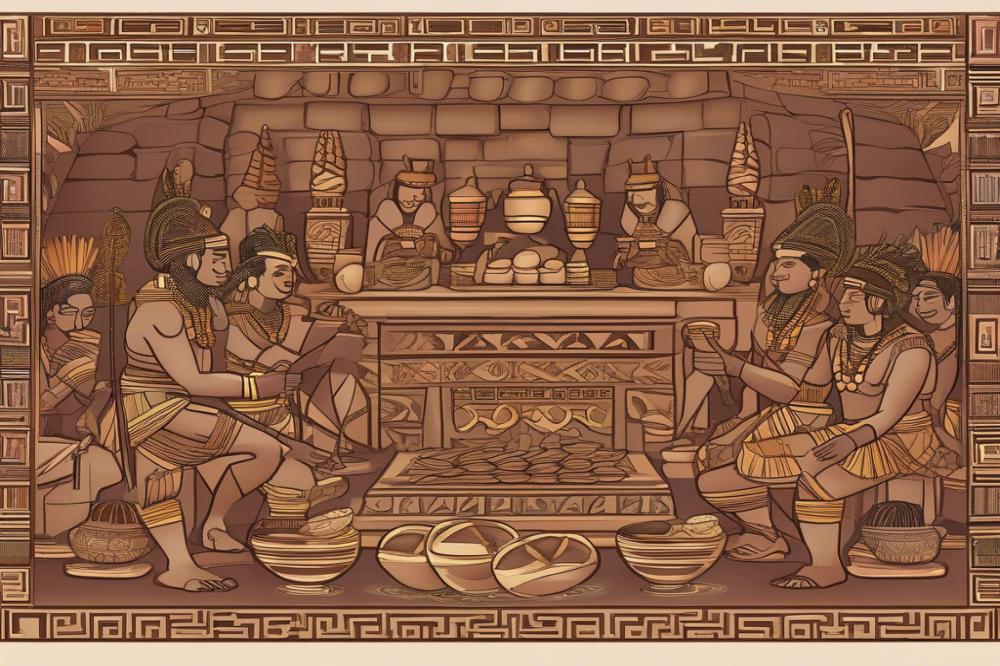
Cacao Usage in Ancient Mesoamerican Cultures
Mesoamerican cultures revered cacao long before it became popular in Europe. The Olmecs were among the first to cultivate this vital plant around 1500 BC. They likely used cacao beans to create drinks with different flavors and spices. These unique beverages were enjoyed by the elite and played a significant part in their daily lives. As time passed, the Maya took cacao usage even further. They developed various recipes that combined cacao with chili peppers, vanilla, and other ingredients. This influenced how future generations would think about chocolate drinks.
Chocolate Drinks in the Olmec and Maya Civilizations
Olmecs may have set the foundation for Mesoamerican cacao traditions, but the Maya truly perfected it. They crafted a beverage that was frothy, rich, and filled with flavor. Imagine a drink served during important celebrations or rituals; it was a vital part of the culture. The Maya believed cacao was a gift from the gods, giving these drinks immense spiritual significance. Next came the Aztecs, who embraced cacao as a symbol of wealth and power. In fact, Aztec chocolate was reserved for nobility and warriors. Others used cacao beans as a form of currency, highlighting cacao’s immense value in society.
Ritualistic and Social Significance of Chocolate Beverages
Chocolate beverages were not merely treats in ancient times. They were often associated with important ceremonies and social gatherings. People shared these drinks during weddings, births, and religious events. The act of consuming cacao together fostered community and connection. Rituals around cacao often mixed with religion, enhancing its importance in society. Moreover, the cacao trade flourished as civilizations recognized its value. This not only changed local economies but also laid the groundwork for the chocolate evolution we witness today. As cacao traveled to Europe, it transformed into new forms, influencing European chocolate culture and paving the way for what we enjoy as hot chocolate today.
The Aztec Influence on Chocolate Drinks
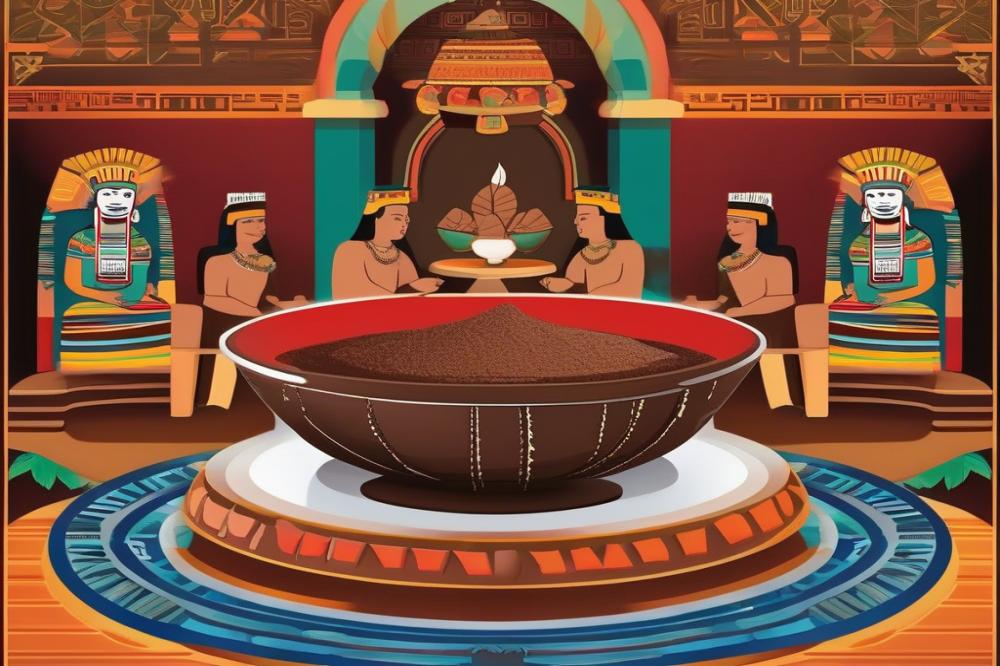
Introduction of cacao in Aztec society
Cacao was more than just a plant in Aztec culture; it represented wealth and power. This ancient civilization cherished it deeply. They used cacao beans as currency, demonstrating its immense value. The Aztec people recognized the importance of this special crop. Notably, cacao was integral to their society, influencing trade and agriculture. Farmers carefully tended to cacao trees, knowing how significant these beans were to their economy and daily life.
Preparation and consumption of Aztec chocolate
Creating Aztec chocolate involved a complex process. They roasted the cacao beans, which enhanced the flavor. After grinding the cacao, they mixed it with water, chili, and spices. This resulted in a frothy drink that was both rich and invigorating. Often served cold, this beverage didn’t resemble modern hot chocolate. It was an experience that stirred the senses. Social gatherings frequently featured these chocolate drinks. Guests would enjoy the flavor while appreciating the craftsmanship behind each recipe.
Cultural importance and impact on social customs
Aztec chocolate held great cultural significance. It played a role in various rituals and celebrations. Ceremonies often included cacao, highlighting its connection to spirituality. Additionally, the drink was reserved for elite members of society. Warriors used it to boost energy before battles. The beverage became a symbol of sophistication and status. As the Aztecs shared their chocolate recipes, these drinks influenced nearby regions. Eventually, the arrival of Europeans introduced cacao to a broader audience, leading to a transformation in chocolate beverages worldwide. This interaction marked the beginning of the chocolate evolution we know today.
The Transition to European Chocolate Culture
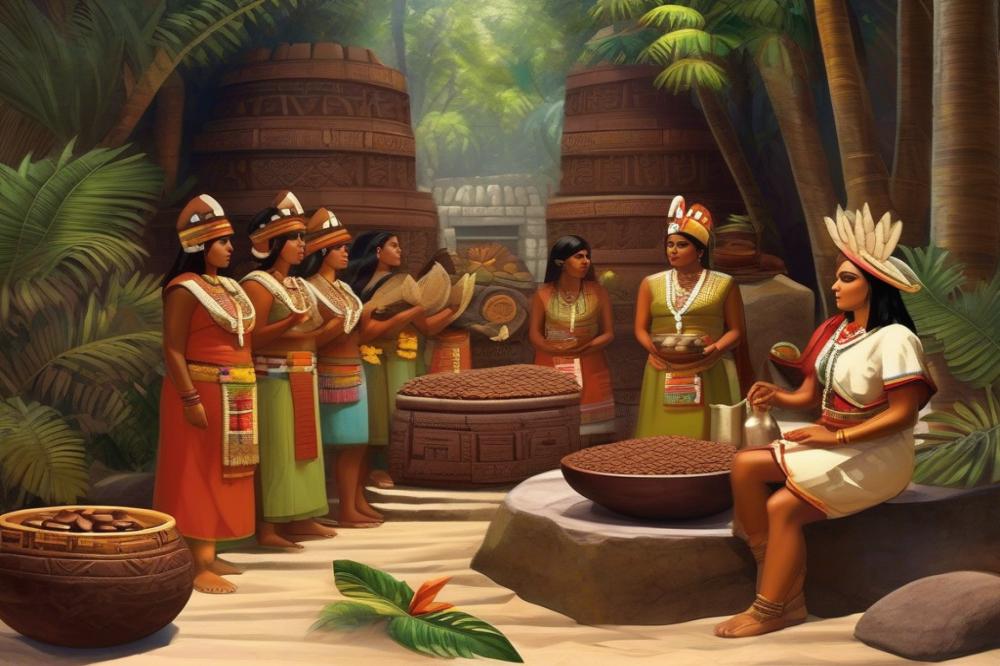
Introduction of Chocolate to Europe
Cacao first arrived in Europe in the 16th century. Spanish explorers brought the invigorating drink from the Americas. Initially, Europe didn’t know what to do with cacao. The bitter Aztec chocolate was strange to their tastes. Adding sugar and spices quickly changed everything. This combination led to the creation of chocolate beverages that delighted the senses. Nobles and wealthy individuals quickly embraced this new commodity. Soon, the demand for cacao skyrocketed across the continent.
Adaptation of Chocolate Drinks by European Elites
European elites played a huge role in transforming chocolate culture. Many considered chocolate drinks an extravagant luxury. Special recipes emerged that featured unique flavor combinations. Wealthy households experimented with different chocolate recipes, refining their techniques. Elaborate drinking chocolate became a social activity. Often, it accompanied extravagant gatherings and parties. The drinking of chocolate became a sign of sophistication and status. It was no longer just a beverage; it was a symbol of wealth and style.
Development of Hot Chocolate and Its Popularity
Hot chocolate made its debut during this transition. Initially served cold, the taste shifted to warm drinks that thrilled the palate. Creamy and rich, these gourmet chocolate drinks captivated people’s hearts. The new concoctions sparked widespread interest among the masses. Coffeehouses soon began to serve these delightful beverages, expanding their popularity. As the cacao trade boomed, chocolate evolution continued. Different countries added their own twists, resulting in a variety of styles. In no time, hot chocolate became a comforting staple for many. The once scarce drink turned into a beloved everyday delight for Europe.
The Cacao Trade and Chocolate Evolution
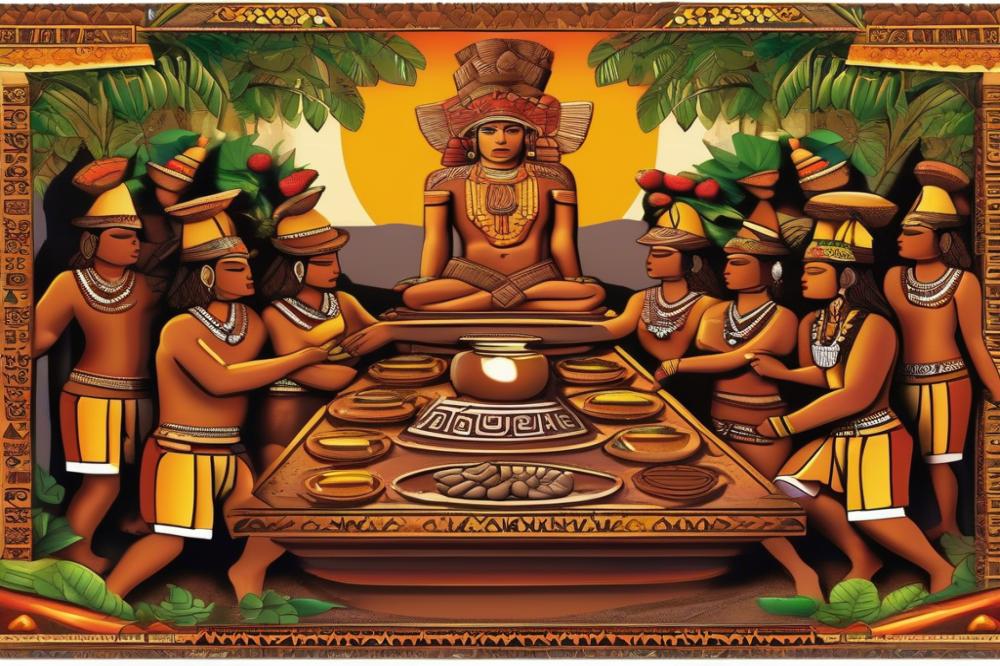
The cacao trade thrived during the colonial era, transforming how people viewed this precious ingredient. As European nations established colonies, they took a keen interest in cacao. This interest spurred the growth of cocoa plantations in regions like the Caribbean and South America. Ancient civilizations such as the Maya and Aztecs had long revered cacao, using it in ceremonial drinks. However, the influx of cacao to Europe sparked new ideas and tastes.
European colonization had a profound impact on chocolate beverages. Initially, the Aztecs consumed a bitter, frothy drink made from ground cacao beans mixed with spices. Once cocoa reached Europe, it met sugar for the first time. This blend dramatically changed its flavor profile, making it much sweeter and more appealing to the European taste buds. Gradually, hot chocolate became a luxurious beverage enjoyed by the elite. It evolved from an indigenous ritual drink to a fashionable delicacy in grand European salons.
The emergence of various chocolate recipes marked another exciting chapter in this history. Skilled chefs experimented with different ingredients and methods. They introduced milk into recipes, creating creamy delights that were richer and more decadent. Over time, gourmet chocolate drinks began to appear, captivating the hearts and palates of many. As chocolate beverages diversified, their popularity soared among all classes of society, cementing their place in European chocolate culture.
Gourmet Chocolate Drinks Today
Modern trends in the world of chocolate are fascinating. Today’s gourmets and home chefs take inspiration from ancient civilizations, particularly the cacao drink of the Aztecs. They enjoyed a spicy, frothy beverage that was very different from what we consume now. This historical flavor experience encourages many to explore how chocolate has evolved.
Modern Trends in Chocolate Drinks
Many consumers now seek high-quality cacao and artisanal preparation methods. Gourmet chocolate drinks are often made using single-origin cacao beans. Sourcing beans from specific regions adds distinct flavors, similar to how fine wines are crafted. Vendors are creating exciting combinations by pairing chocolate with spices, herbs, and even exotic fruits. These innovations keep the tradition alive while introducing thrilling new tastes.
Exploration of Gourmet Chocolate Beverages
Chocolate beverages have become more than just sweet indulgence. The rise of specialty cafés showcases gourmet creations like chocolate lattes and mocha bombs. Customers enjoy the rich textures and varied flavors these drinks offer. Creating a decadent drink at home can be easily achieved with chocolate recipes that highlight quality ingredients. Recipes may include cinnamon, chili, or nutmeg, creating a unique experience every time.
Innovative Recipes and Their Cultural Significance
Innovative recipes reveal the cultural significance of chocolate drinks around the world. European chocolate culture has influenced how we perceive and enjoy this beloved ingredient. Hot chocolate, once a luxury drink, has transformed to cater to diverse palates. In places like Spain, thick drinking chocolate is served with churros, showcasing shared traditions. As culinary curiosity grows, new practices and remixing of flavors shape the chocolate landscape.
Final Thoughts
Summary of the Evolution of Chocolate Drinks
Throughout history, beverages made from cacao have transformed significantly. Starting in ancient civilizations, people enjoyed a bitter, foamy drink from roasted cacao beans. This early form was nothing like the sweet and creamy drinks we have today. Over time, chocolate drinks became popular among different cultures, evolving to fit their tastes. By the 17th century, the introduction of sugar changed everything. The delightfully sweet taste captivated many, making it a favorite among the elite. Today, various flavors and styles create an impressive array of choices, catering to many preferences.
Cultural Impacts and Ongoing Significance
Chocolate beverages hold a cherished place in many cultures. They symbolize comfort, celebration, and even luxury. Drinks like hot cocoa are often enjoyed at gatherings, brightening the mood during cold months. Many celebrations, including Valentine’s Day and holidays, feature chocolate drinks as part of their traditions. These beverages connect people, creating shared experiences around their enjoyment. The rise of artisanal and gourmet options has also influenced social interactions. They now represent a blend of art and indulgence, making them even more special.
Future Outlook on Chocolate Drinks and Trends in Consumption
Looking ahead, the landscape of chocolate drinks continues to evolve. Consumers increasingly seek healthier options, leading to a surge in plant-based alternatives. Flavor innovation is on the rise too. Unique combinations, such as spicy or fruity fusions, are becoming more widespread. Sustainability is another concern, prompting brands to focus on ethically sourced cacao. Customers want to feel good about what they drink, both for their health and the planet. The future promises exciting developments, ensuring that chocolate beverages will stay relevant and beloved for years to come.

